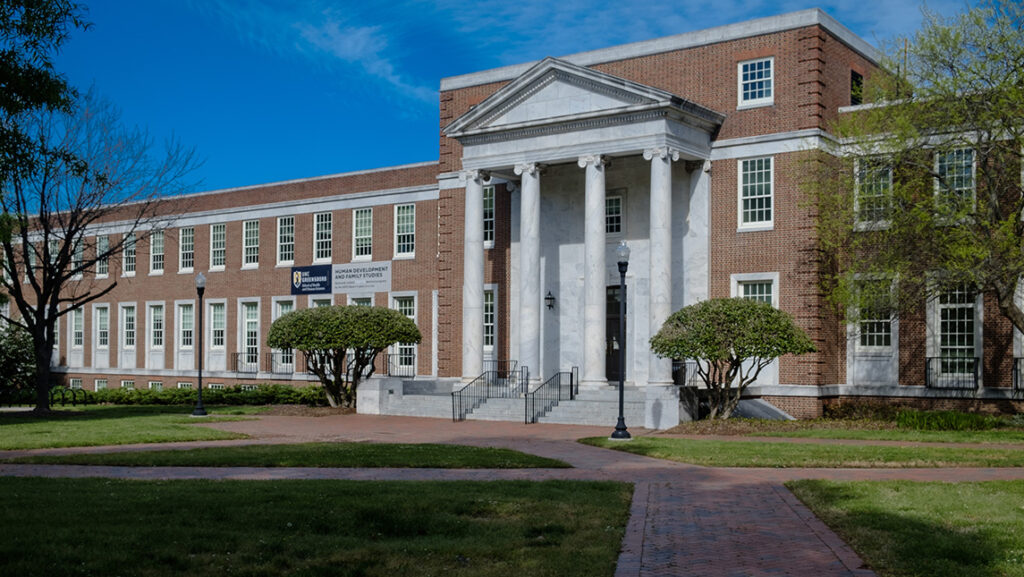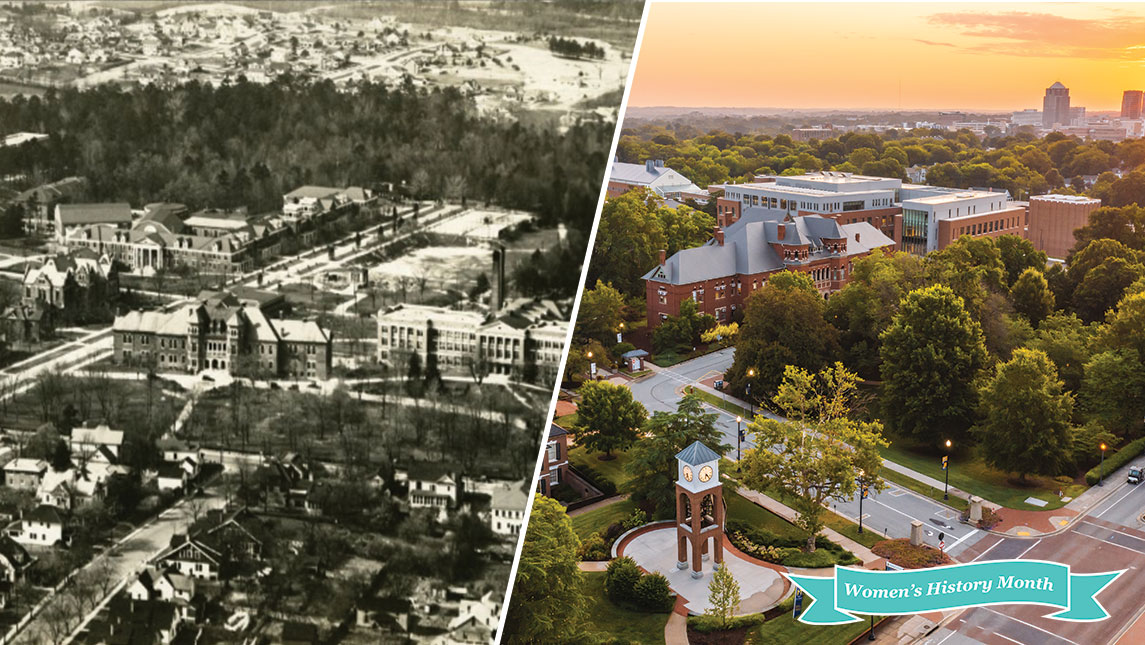UNC Greensboro’s long history of celebrating women is evident in the many buildings named in honor of women who’ve made their mark on the G. Here are just a few of the buildings on the Greensboro campus that bear the name of some trailblazing women.
ELLIOTT UNIVERSITY CENTER
The Elliott University Center (EUC) opened in 1953 as the Elliott Student Union, named in honor of Harriet Wiseman Elliott. Elliott came to what was then the State Normal and Industrial College in 1913 as a political science professor. She served as the Dean of Women from 1935 to 1947 when UNCG was the Woman’s College of the University of North Carolina.
The Harriett Elliott Lecture Series, hosted by the College of Arts and Sciences, is also named in her honor. The Harriet W. Elliott Papers are available for viewing from University Libraries and contain correspondence, speeches, reports, minutes of meetings, newspaper clippings, photographs, publications, and news releases.
The EUC continues to be a centerpiece of the Greensboro campus, housing the University bookstore, meeting spaces, campus offices, and a food court.
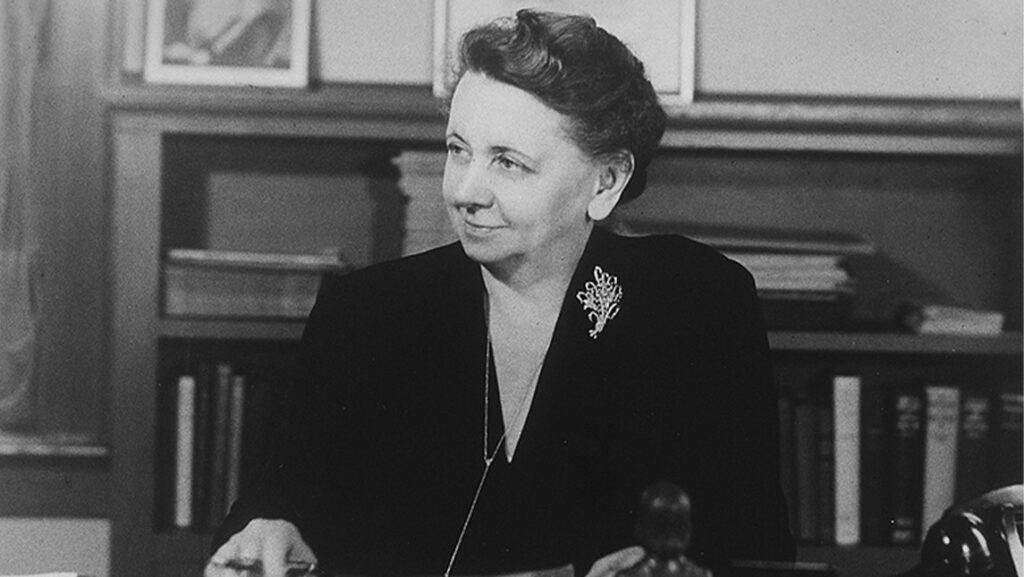
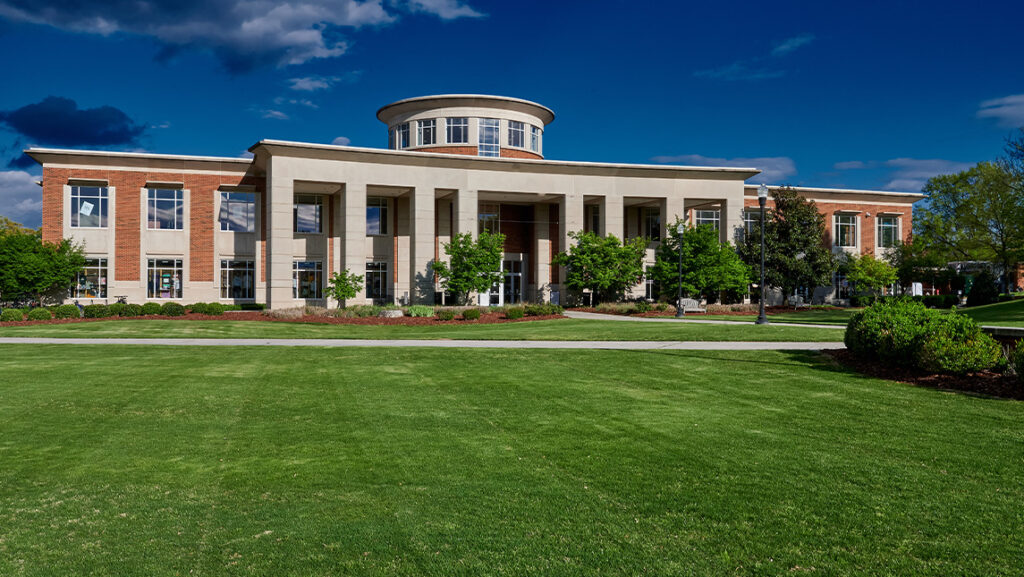
MOSSMAN BUILDING
The Mossman Administration Building opened in 1975 and was called the Administration Building until 1977 when it was renamed in honor of Mereb Ethna Mossman. Mossman came to Woman’s College in 1937 as a professor of sociology. She eventually served consecutively as Woman’s College Dean of Instruction, Dean of the College, Dean of Faculty, and Vice-Chancellor for Academic Affairs. Mossman died in 1990 at the age of 84.
Today, the Mossman Building is still an administrative hub for the University, with the University Registrar, Student Affairs, and the Office of the Chancellor.
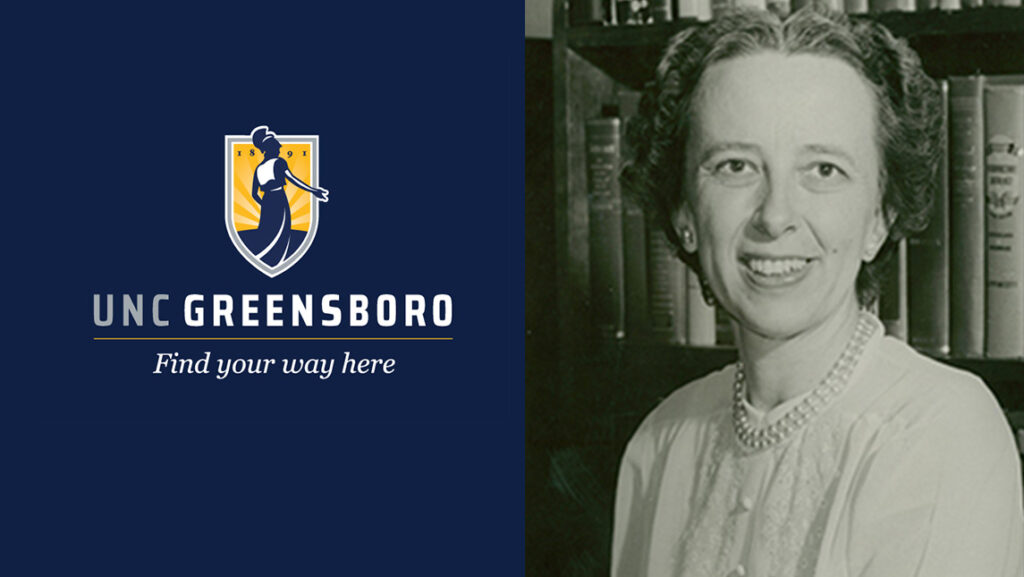
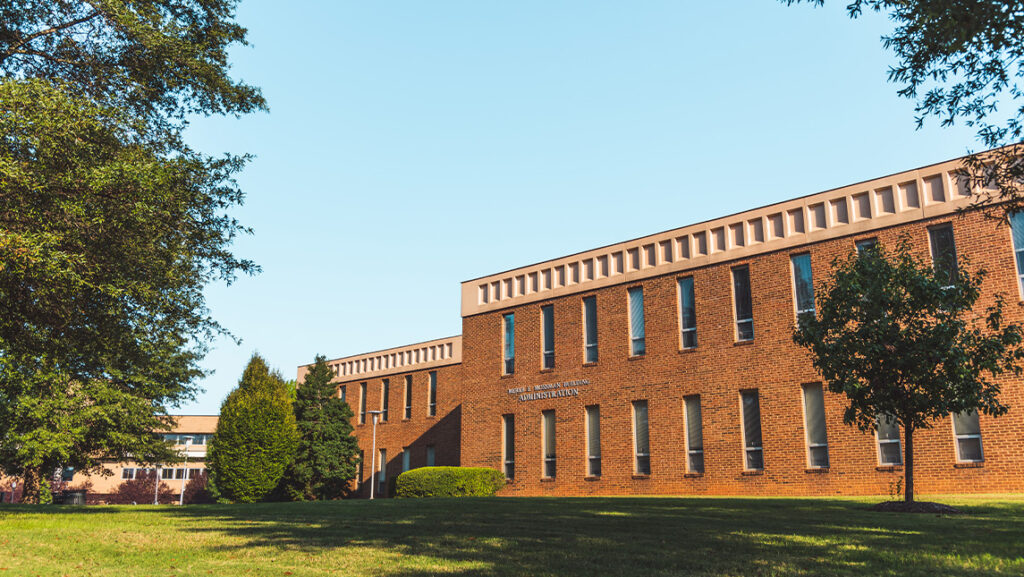
ANNA M. GOVE STUDENT HEALTH CENTER
The student health center opened in 1953 and in 1954 was named in honor of Dr. Anna M. Gove, the campus physician from 1893 to 1937. It was called the Gove Infirmary until 1970 when it was changed to the Anna M. Gove Student Health Center. Gove was the third woman doctor and first licensed woman physician in North Carolina and was a pioneer in the field of health education.
During the typhoid epidemic that swept the State Normal and Industrial College in 1899, Gove stayed on campus, which had been declared an emergency hospital. She was praised for her efforts during the epidemic by parents, students, and all who coped with the epidemic. Gove died in Greensboro in 1948. A collection of Gove’s correspondence, notebooks, lecture notes, greeting cards, photographs, postcards, travel brochures, and reports is available for viewing here.
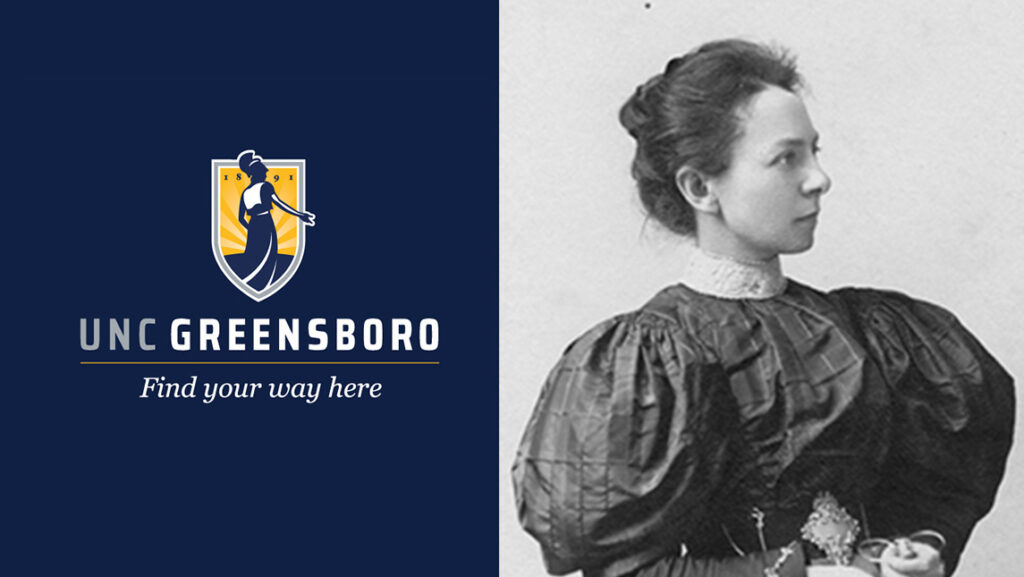
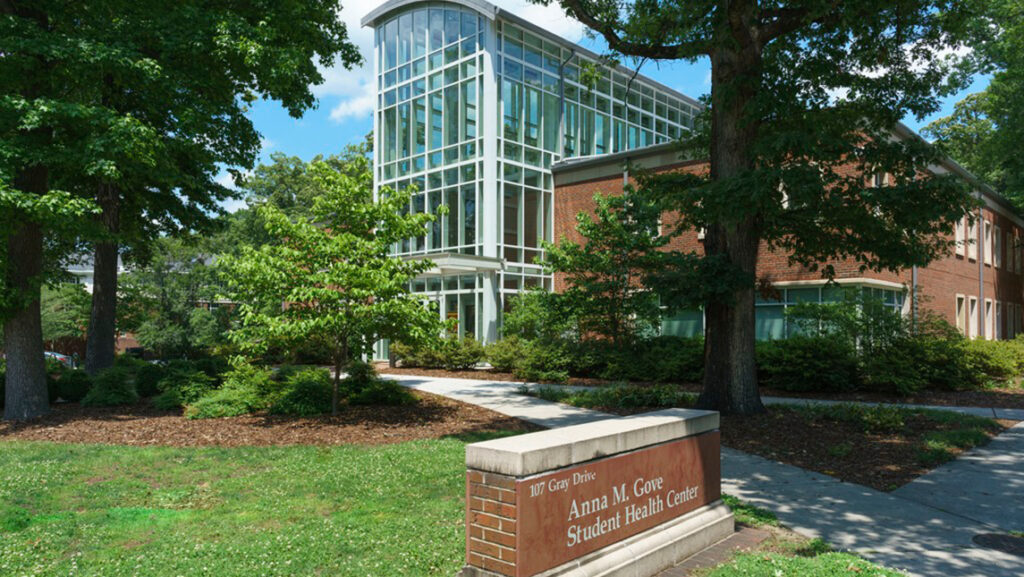
PETTY BUILDING
Originally opened in 1940 as the Science Building, the building was renamed in 1960 in honor of Mary Macy Petty, head of the Department of Chemistry from 1893 to 1934. In addition to classroom instruction, she helped lead the campus’s Science Club, an organization for faculty members and advanced students to explore areas not included in the formal coursework.
Petty was also very active in the Greensboro community. She served as president of the Greensboro Woman’s Club and the Friday Afternoon Club, and as secretary of the State Federation of Women’s Clubs. She was also the first woman to serve on the Board of Trustees of Guilford College.

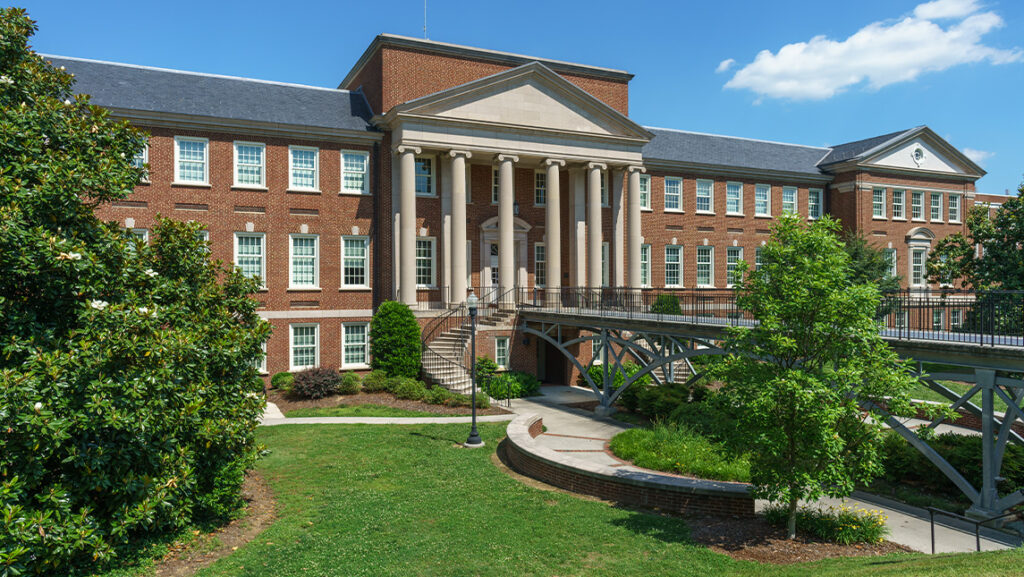
STONE BUILDING
The Stone Building is named in honor of Mary Frances Stone ’47, a Woman’s College alumna who was killed in a car accident just six months after her graduation. Her parents, Clarence and Jane Stone, liberally supported home economics education throughout North Carolina, including establishing The Mary Frances Stone Teaching Excellence Award. The honor recognizes tenured and non-tenure track faculty in the School of Health and Human Sciences for their teaching excellence.
The building, originally named the Home Economics Building, was renamed after Stone in 1956.
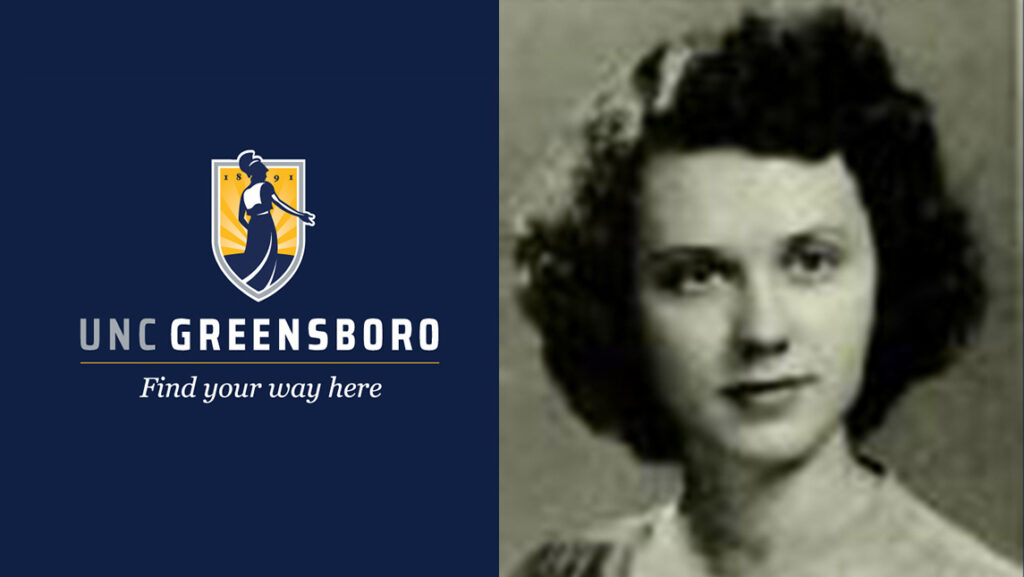
Story by Avery Craine Powell, University Communications
Photography by University Communications
Historical photography courtesy of Martha Blakeney Hodges Special Collections and University Archives at the University Libraries and the College of Arts and Sciences
